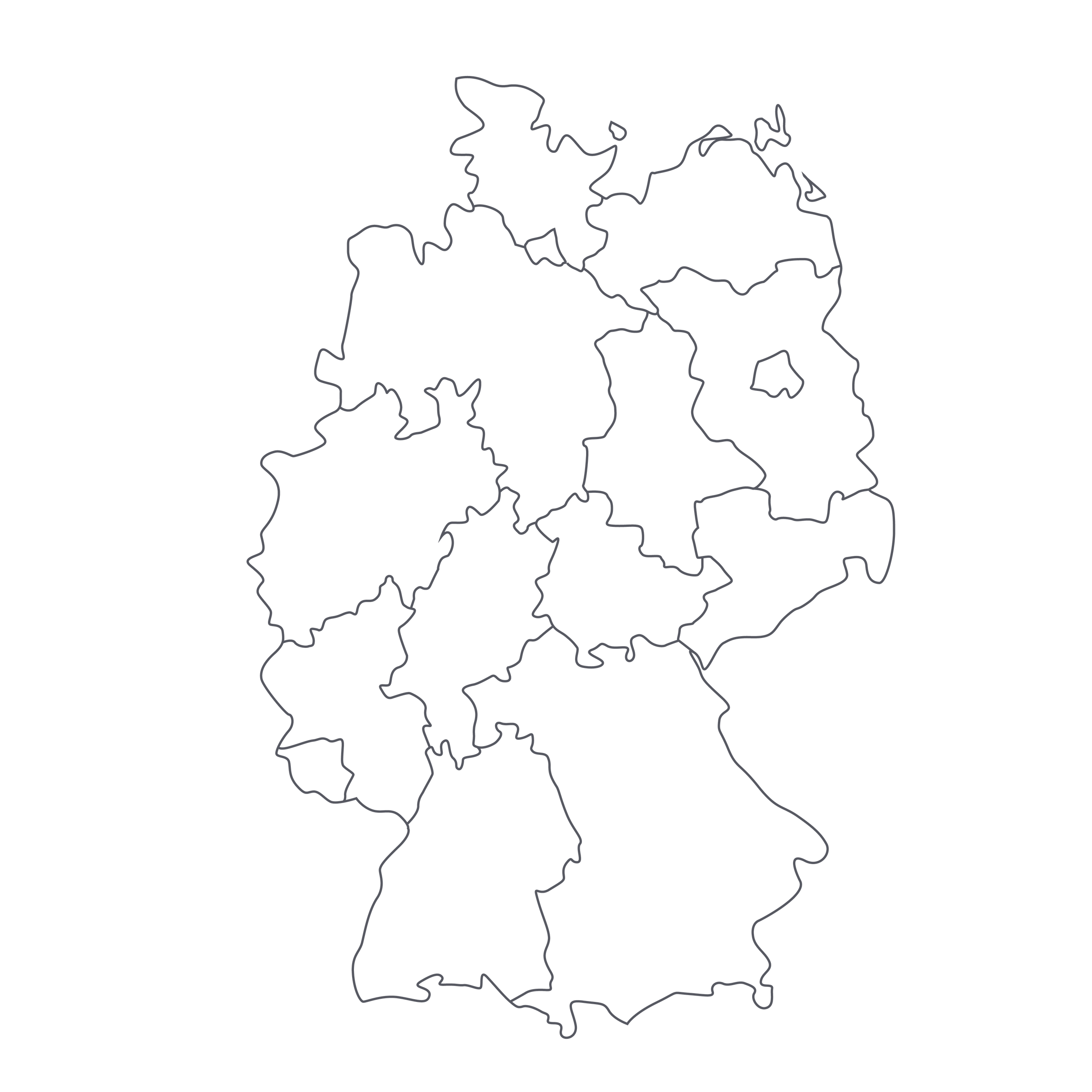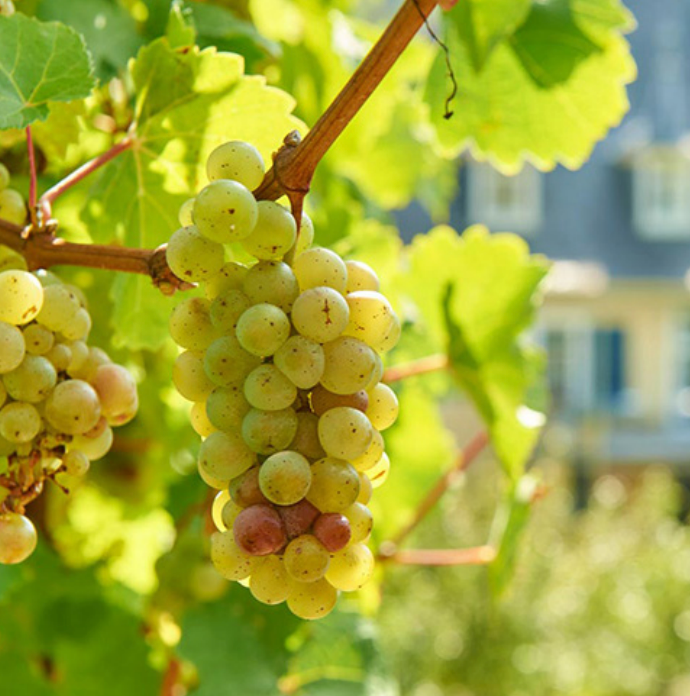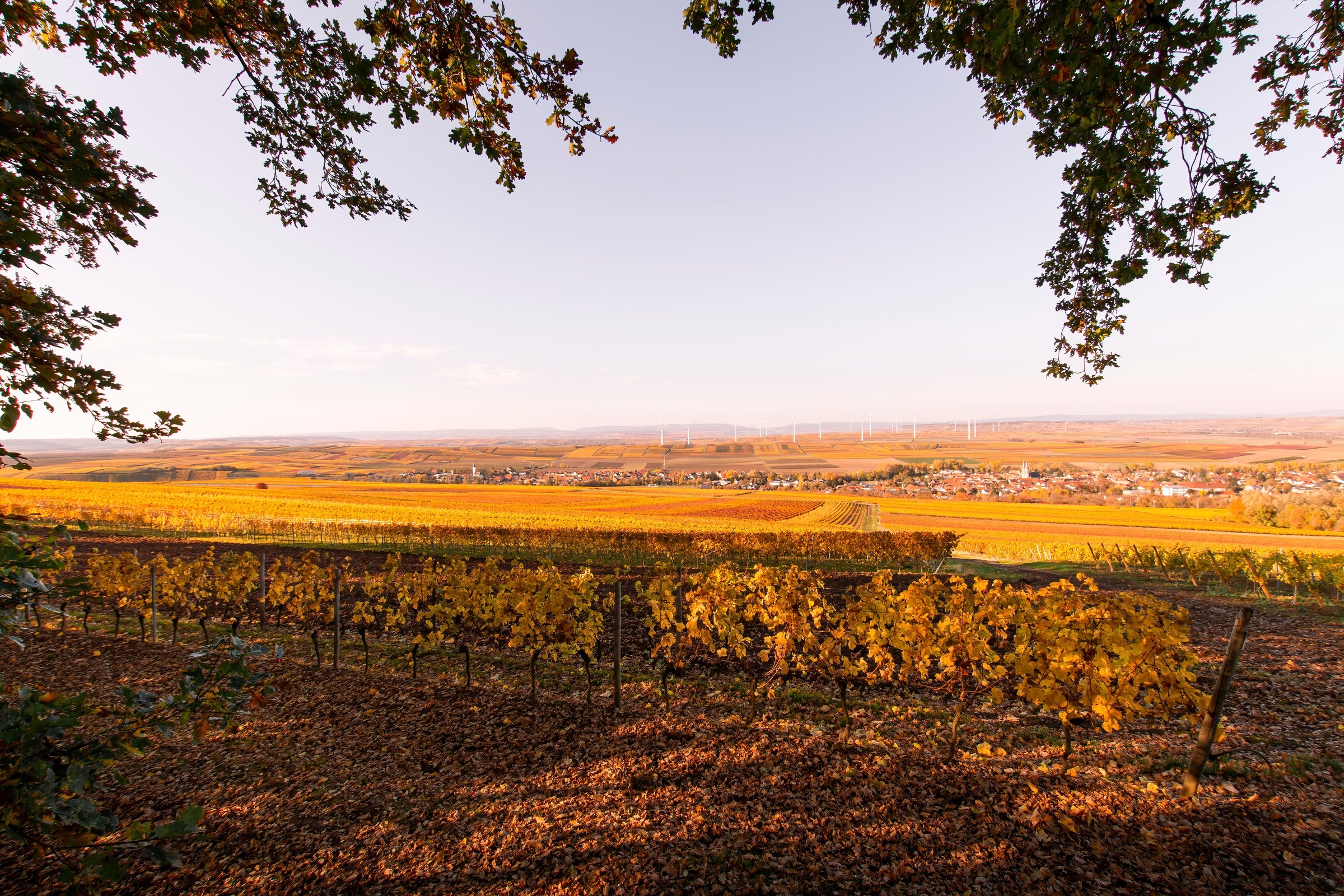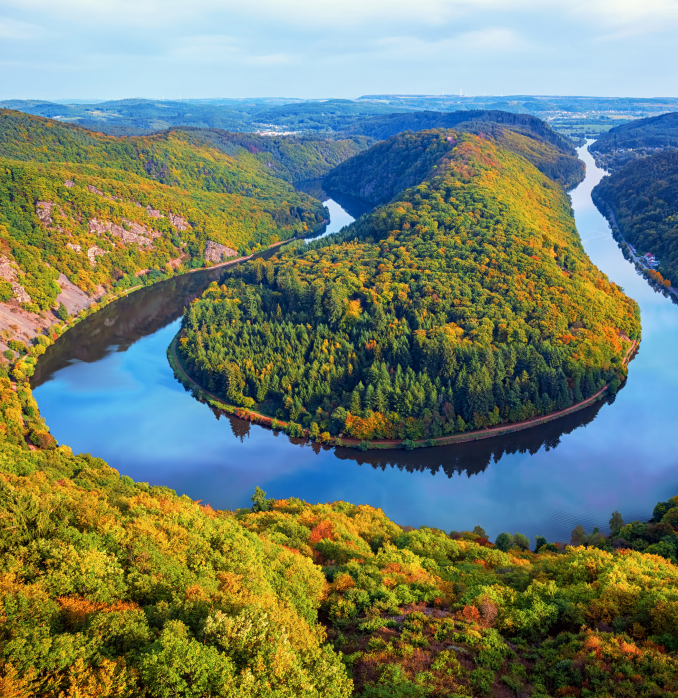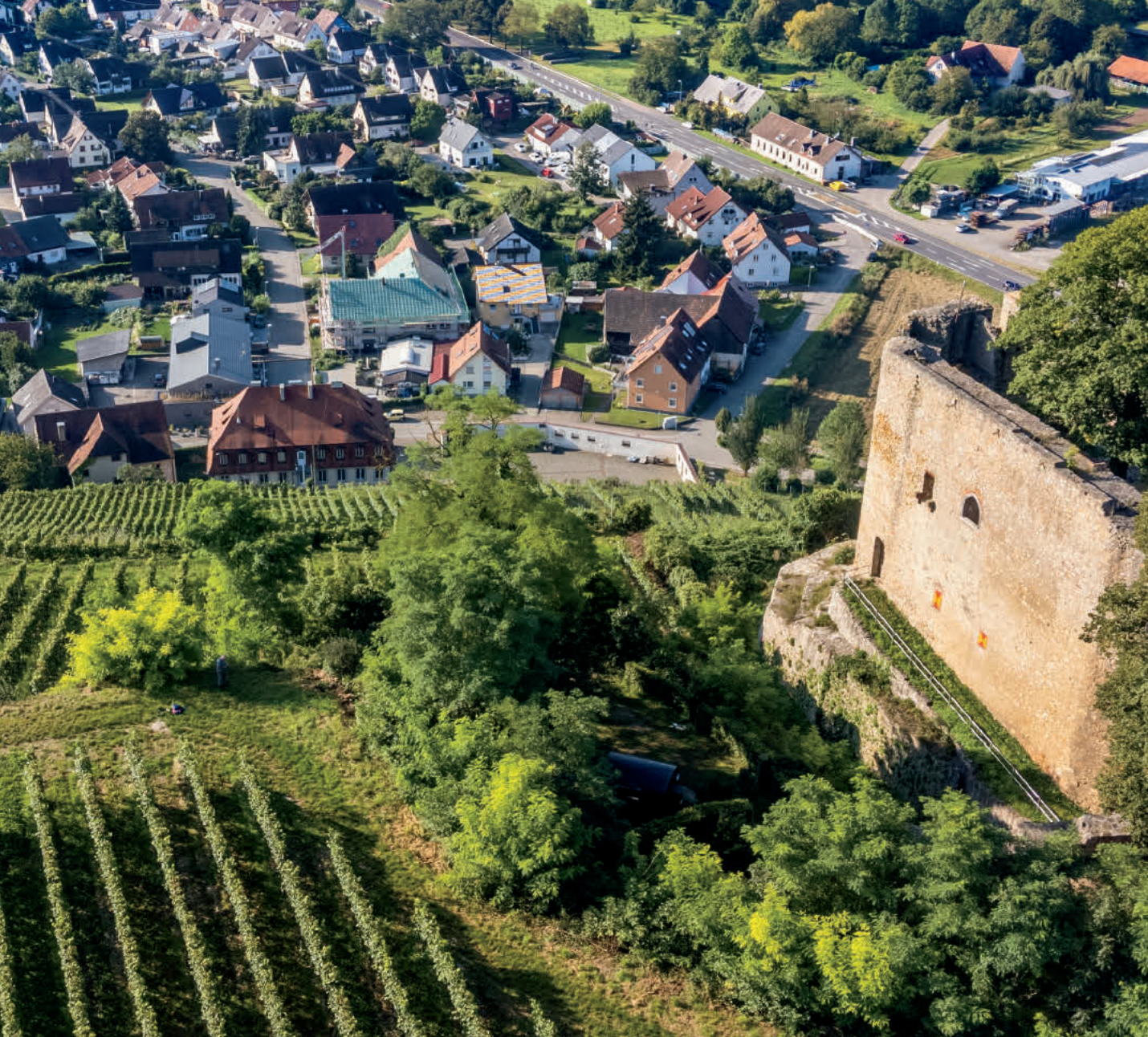Weingut Robert Weil was founded in 1875 in the small town of Kiedrich in the heart of the Rheingau. The Rheingau is one of Germany’s most highly regarded regions for Riesling and is located on the Taunus Mountain Range just a short drive southwest of Hamburg. The state-of-the-art winery is flawless; not one item is out of place or detail overlook and the wines reflect this attention to detail. There is a plethora of temperature-controlled fermentation vessels for the winemaker to use from large traditional Rheingau “Stück” casks of 1,200 liters to “Doppelstück” casks of 2,400 and 4,800-liters cask all the way down to tiny, waist-high stainless tanks for the smallest lots of late-harvest wines, known as Trockenbeerenauslese (TBA). For this particular wine, whole clusters are gently pressed into large traditional casks where micro-oxidation assists in creating more complexity to the final wine. All of the wines are all fermented with natural yeasts, including this example, which is fermented dry, or “Trocken.” Germany regulates that Trocken wines contain less than nine g/hl of residual sugar; the small amount of sugar softens the incredibly high and refreshing natural acidity in the Riesling varietal.
Robert Weil’s three most prized sites are today’s Turmberg vineyard, the famous Klosterberg and most expensive, flagship Gräfenberg, all of which are located in the village of Kiedrich. Our offer today hails from the Turmberg vineyard and brings with it a history as rich as the dry, succulent nectar itself. In 1160, the archbishops of Mainz built the fortified castle, Burg Scharfenstein, on a steep 780-foot precipice, which was intended to protect the Rheingau on its eastern flank as well as the crucial trade route that traversed the important stops in Eltville, Limburg and Cologne. The surrounding vines were planted in 1109 and the vineyard takes its name, Turmburg, which translates to, “tower hill,” from the central tower that still survives from the former castle. As a matter of fact, the castle’s tower and its two six-spoke wheels are continually represented in the Kiedrich village’s seal and coat of arms. Since the government wine laws of 1971 and its vineyard registration, numerous historic vineyards, including Turmberg, were incorporated into large sites. Luckily, the Turmberg parcel was re-designated an individual vineyard in 1995 with sole ownership of the 3.8 hectares remaining in the hands of Weingut Robert Weil. This celebrated vineyard is nestled on the steep slopes of a slate crag. Its stony soils are comprised of phyllite with a touch of loess and loam. (Note you can see the Tower in the video with the Turmberg vineyard below)
The 2009 Kiedricher Turmberg has a concentrated bright golden core moving to green-hued reflections on the rim. The powerful nose explodes from the glass with complex aromas of preserved yellow plums, white peach pit, yellow cherries, lime blossoms, green mango peel, honeysuckle, petrol and crushed slate. The palate, perceived to be bone-dry due to the high acidity, opens with a focused drive of minerality then is followed by tantalizing flavors of lime zest, green pineapple, green mango, wild flowers and tart yellow cherries. This wine is peaking now and will stay at a great spot for the next 5-10 years if kept well. There is no rush to drink this wine as it is built to last. Ideally, serve in crystal Riesling or all-purpose white wine stems. Decant for an hour and serve around 50-55 degrees then enjoy the aromas evolve as the wine warms. My favorite pairing with serious dry German Riesling like this is Thai, Cambodian, Malaysian or Vietnamese food that isn’t too hot as this wine is dry wine and the spice shouldn’t overpower. My sister prepared these Vietnamese Meatball Wraps last spring; I paired them with a similar dry Riesling and people wept tears of joy. The flavor combinations of fresh mint, lemongrass, lime juice, fish sauce, lettuce and ground meat is the perfect platform for this wine to shine. This is a great way to start off any dinner party regardless of what you are preparing for later in the evening.


